6 Historic Flags From Military Campaigns That Are Collector Favorites
Flags from military campaigns hold a special place in the world of collecting. They represent more than colors and designs, as they were symbols of unity and identity during times of conflict. Their presence often turned ordinary cloth into powerful reminders of history. By learning about these pieces, you gain insight into the battles and the people who carried them.
This post may contain affiliate links, which helps keep this content free. Please read our disclosure for more info.
Union Battle Flag from the American Civil War
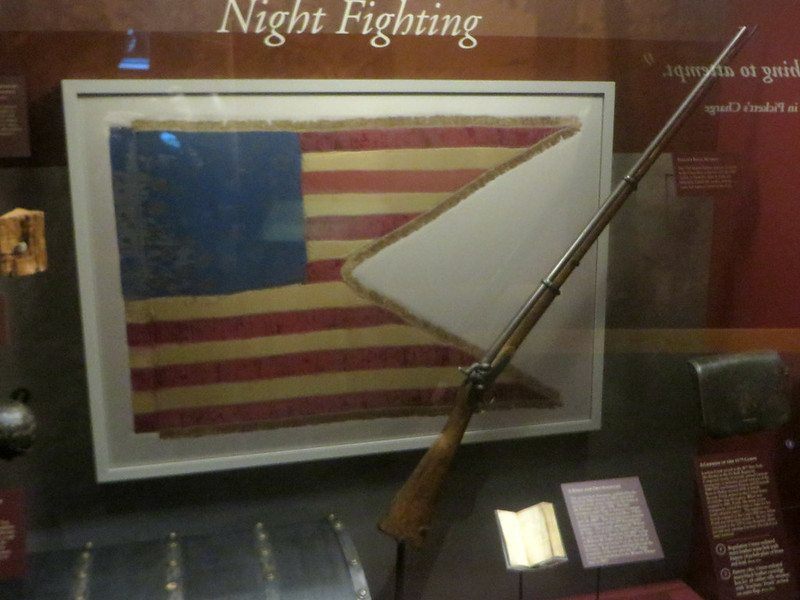
The Union battle flag is one of the most recognizable pieces from the American Civil War. It represented the northern states that fought to preserve the Union. Many of these flags were carried in regimental colors and often showed signs of battle wear. Collectors value them for their direct link to one of the most defining conflicts in United States history.
Some flags were hand-sewn by local communities and carried into the field by volunteer units. They became treasured keepsakes for soldiers and their families after the war. Surviving examples today often display faded stars or frayed fabric. This adds to their historical and collector appeal, making them sought after pieces in the antique market.
Confederate Battle Flag
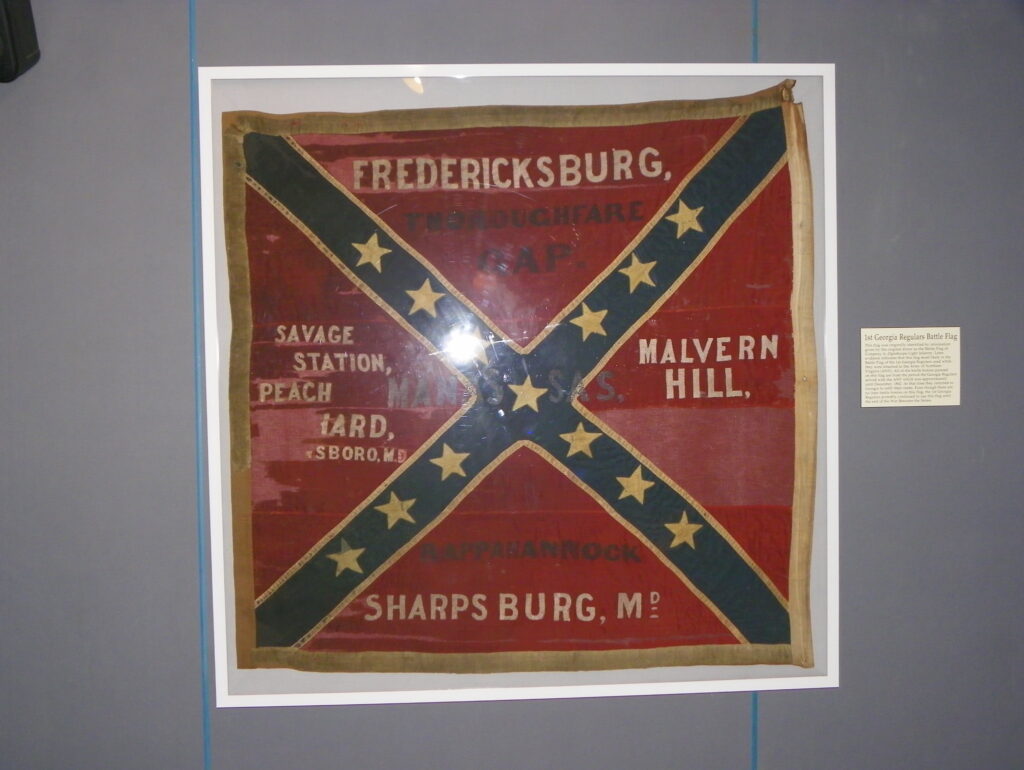
The Confederate battle flag, often seen in its cross pattern, was carried by Southern forces during the Civil War. It symbolized their fight against the Union and was commonly flown in the heat of combat. These flags are tied to one of the most debated eras of American history. Collectors see them as important artifacts that reflect both sides of the conflict.
Many Confederate flags were handmade and showed unique variations depending on the region or unit. Some were stitched by families who sent their sons off to war. Surviving pieces are scarce, as many were captured or destroyed after battles. This rarity makes them highly collectible today, though their meaning sparks discussion among historians.
Napoleonic Eagle Standard
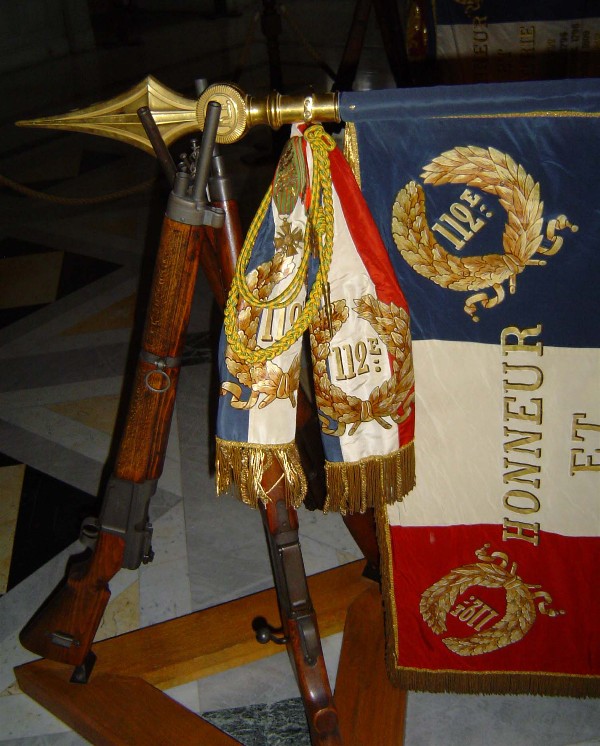
The eagle standard carried by Napoleon’s troops during his campaigns was more than a flag. It served as a symbol of loyalty and strength for the French Empire. Soldiers were sworn to protect it at all costs, and losing it in battle was seen as a great disgrace. Collectors find these flags important because they show how symbols influenced morale in war.
The standards were decorated with gilded eagles and richly embroidered banners. Many were taken as trophies by opposing forces during Napoleon’s defeats. Surviving examples are rare, often held in museums or private collections. They stand as reminders of the dramatic rise and fall of Napoleon’s armies across Europe.
Japanese Rising Sun Flag from World War II
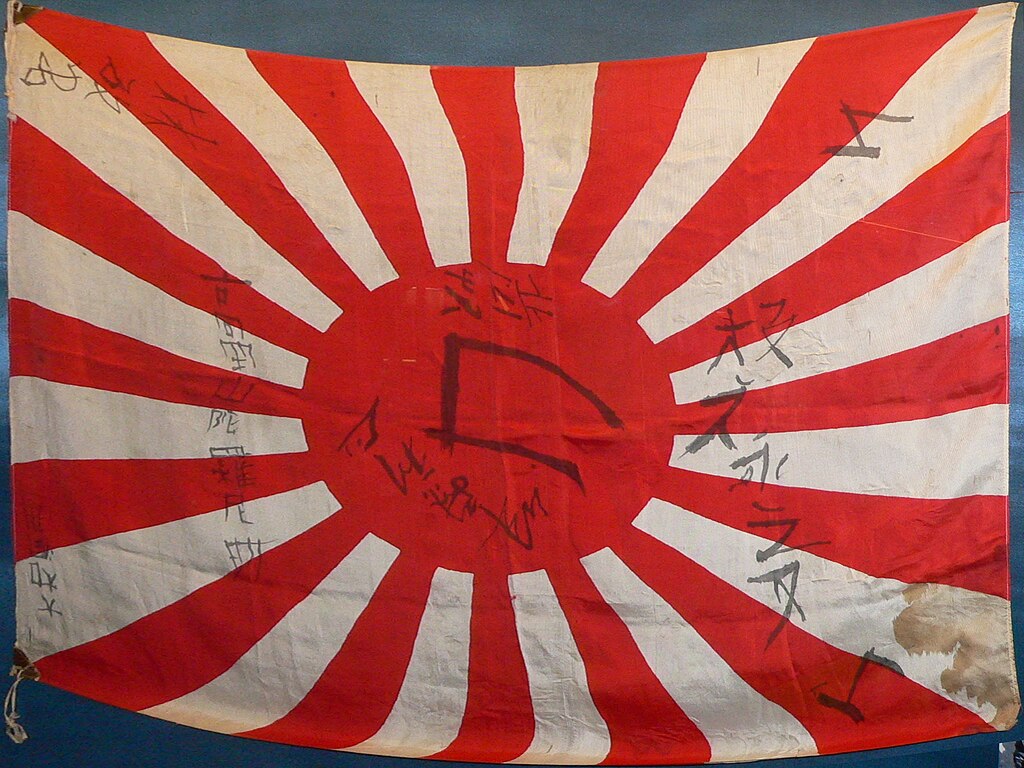
The Japanese Rising Sun flag was carried by Imperial Japanese forces during World War II. It became an emblem of the empire’s military campaigns across Asia and the Pacific. For collectors, it is both a historical artifact and a reminder of a turbulent period. Surviving flags are often tied to specific regiments or naval units.
These flags were sometimes signed by fellow soldiers and family members before being carried into war. The personal inscriptions add a human touch to each piece. Many were taken home by Allied soldiers as war souvenirs. Today, they are sought after by collectors who specialize in military memorabilia from the Second World War.
Soviet Victory Banner
The Soviet Victory Banner is one of the most famous flags from World War II. It was raised over the Reichstag in Berlin in May 1945, symbolizing the Soviet Union’s victory over Nazi Germany. This banner became one of the most enduring images of the war. Collectors treasure any related items or replicas tied to this moment.
The original banner was red with the hammer and sickle symbol. It was preserved carefully after the war and remains a celebrated piece in Russian history. Authentic wartime Soviet flags with similar designs are still collectible. They carry both historical weight and emotional significance for many collectors.
German Regimental Flag from World War I
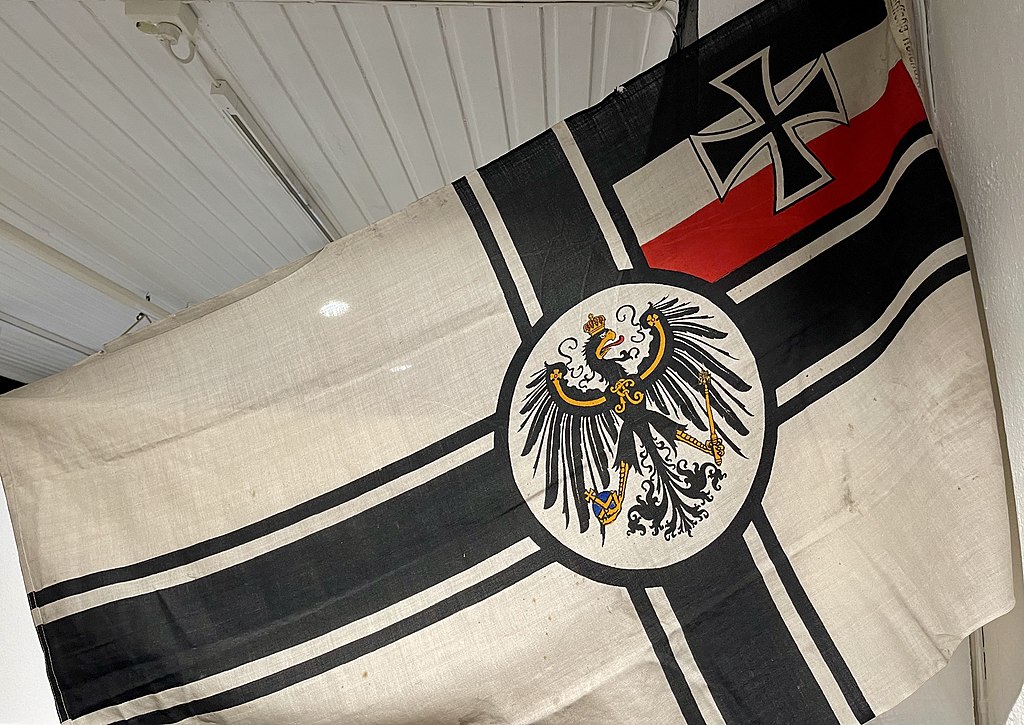
German regimental flags from World War I are among the most striking military artifacts. They were often richly embroidered with national and regional symbols. Soldiers carried them into trench battles, where they became important markers of pride and unity. Many were captured by Allied troops and kept as war prizes.
These flags were usually large and made with silk or fine fabric. Surviving examples are rare because of damage during combat. Some are housed in museums, while others remain in private collections. Their beauty and craftsmanship make them prized finds among collectors.
Ottoman Battle Flag
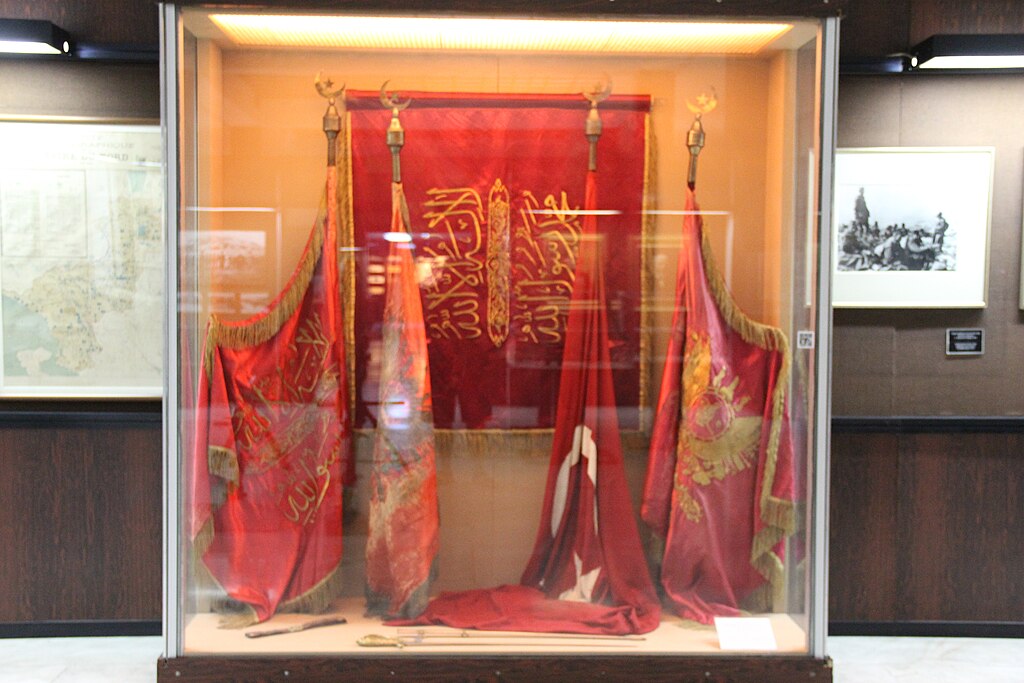
Ottoman battle flags reflected the empire’s Islamic identity and military power. They often featured crescents, stars, and Arabic inscriptions. These flags were carried by cavalry and infantry during campaigns in Europe, Asia, and Africa. Collectors are drawn to them because of their connection to centuries of Ottoman expansion.
The flags were usually made from silk and displayed fine embroidery. Many were taken as trophies during European wars against the Ottomans. Today, a few remain preserved in museums and private holdings. Their rarity makes them important pieces of military history.
This article originally appeared on Avocadu.
